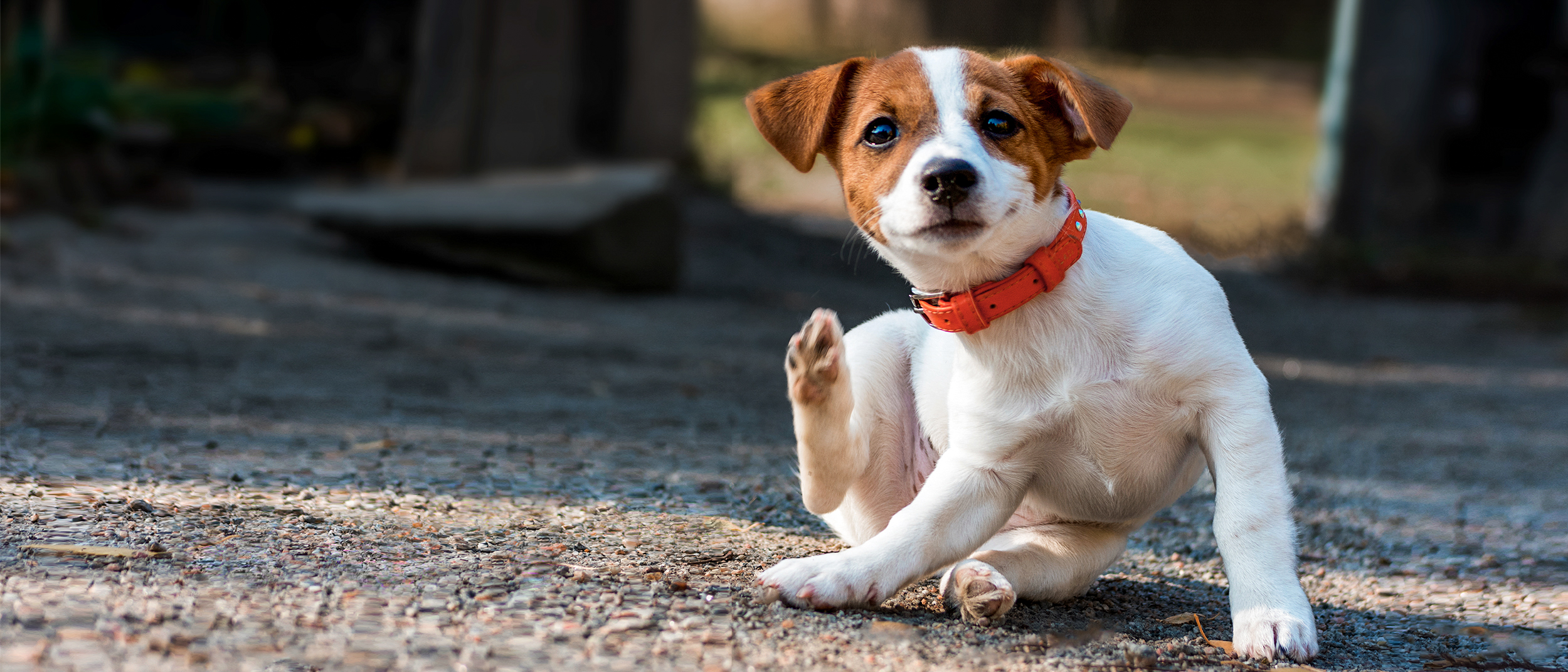Fleas are a problem which most cat and dog owners have had to contend with at least once in the life of their beloved pet. The solution for successful flea control is treatment of the pet and the pet’s environment (which may mean inside as well as outside the home) at the same time and the carrying out of a few simple tips as listed below.
NOTE: TREATING YOUR PET AND THEIR ENVIRONMENT AT THE SAME TIME WILL PRODUCE THE BEST RESULTS.
1. In preparation for the treatment, remove all toys, clothes etc from the floor. If you have any fish, cover the tanks and turn off the filter prior to treatment. Remove pets from the area to be treated. Pets may be brought back once the treatment has dried.
2. Treat the pets with a proven flea product such as Frontline, Advantage or Advocate. Do not wash your pet for two days prior to application of the treatment as the use of soaps or shampoos may reduce the residual action of the treatment.
3. OK So you’ve treated the pet and had a professional flea treatment but you are still continuing to see fleas. This is perfectly normal. Over the next several weeks, you will still see newly hatched fleas. Do not leave the flea infested areas undisturbed as movement hatches fleas.
Do not vacuum for at least 1 week after treatment. Place the vacuuming’s in a bag and dispose of in the bin.
4. Make sure to leave your pet in the flea infested areas as this will attract the fleas. If you remove the pet, the problem may appear to be worse as you have become the only potential host. Fleas will continue to hatch for about 6 weeks with normal human activity.
Retreat your pet regularly according to the label instructions of the chosen flea product.
WHAT YOU CAN EXPECT AFTER TREATMENT
Fleas will be seen when an area is newly disturbed – such as when people get up in the morning or go outside – but not later in the day in that area. If the treatments are working, fleas will hatch, contact the treated surface (floor, soil – treated by Frontline Pest Management, or pet – treated with approved flea product) and die within a few hours.

